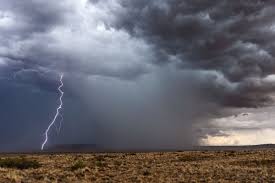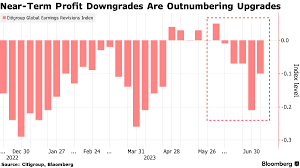Business
Featured
Kharif Hopes Soar as 'Above-Normal' Monsoon Promises to End Agricultural Distress
Editor
Jun 21, 2025
min read
5 views

For millions of Indian farmers, the 2025 monsoon forecast of 106% of the Long Period Average (LPA) is the most promising news in years. With an early onset in several southern states and predictions of well-distributed rainfall across the crucial Monsoon Core Zone, the agricultural sector is poised for a significant rebound. This development is critical for India's food security, rural economy, and the livelihoods of nearly half its population. However, the optimism is tempered by the challenges of uneven regional rainfall and the ever-present threat of crop damage from intense downpours.
The timing and spread of the monsoon are more critical than the aggregate volume. The 2025 season began on a positive note, arriving over Kerala on May 27th, several days ahead of its usual June 1st schedule. This early arrival provided a crucial window for farmers to begin sowing key Kharif crops such as rice, cotton, soybeans, and pulses. "The early onset and the forecast of above-normal rains in June are extremely beneficial," said Pushan Sharma, Director of Research at CRISIL. "It ensures adequate soil moisture for germination and reduces dependence on irrigation, lowering input costs for farmers, especially in rain-fed regions."
The Monsoon Core Zone, an area spanning from Gujarat and Rajasthan to Maharashtra and Odisha, where agriculture is predominantly rain-fed, is expected to receive above-normal rainfall. This is a significant relief after years of erratic weather. Water reservoir levels, a key indicator of agricultural health, are already in a better position than in previous years. As of May 15, 2025, all-India reservoir storage stood at 30% of live capacity, higher than both the previous year's level and the ten-year average of 26%. This healthy storage provides a buffer for irrigation needs and supports the potential for a bumper harvest.
Yet, the national forecast hides regional anxieties. The IMD has predicted 'below-normal' rainfall (less than 94% of LPA) for Northeast India, a region historically known for its abundant rain. This could strain the region's unique agricultural practices, particularly for crops like tea and certain varieties of rice, and impact local water resources. Conversely, while states like Maharashtra are expected to receive ample rain, the intensity is a concern. In the pre-monsoon period, heavy showers in parts of the state reportedly damaged the summer tomato crop, causing skin cracking and price hikes in local markets. This illustrates the delicate balance required; too much rain in a short span can be as damaging as too little.
Another layer of complexity is the interplay between the monsoon and government policy. The Cabinet Committee on Economic Affairs (CCEA) recently increased the Minimum Support Prices (MSPs) for Kharif crops for the 2025-26 marketing season by a range of 1.0-13.9%. While the hike is intended to encourage sowing and guarantee returns for farmers, its effectiveness is intrinsically linked to the monsoon's performance. "A good monsoon ensures there is a marketable surplus for farmers to sell at the new MSPs, translating the policy into real income gains," explained an official from the Ministry of Agriculture & Farmers Welfare. "However, it also requires efficient procurement mechanisms to be in place to handle the increased output."
Ultimately, while technology and irrigation have improved agricultural resilience, the monsoon remains the fulcrum of India's agrarian economy. The 2025 season presents a vital opportunity to boost growth and alleviate rural distress. The coming months will reveal if this promise translates into reality, depending on the delicate dance between rainfall distribution, crop management, and policy implementation.
Editor
League Manager Editorial Team





Leave a Comment